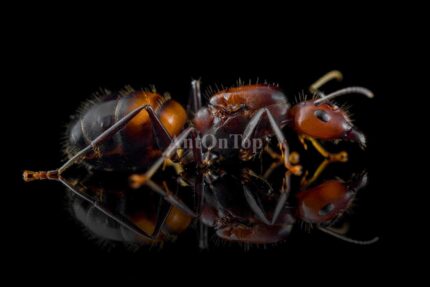

Camponotus petersii
369,90 zł – 459,90 zł
Worldwide shipping
Free delivery over 500 PLN
The highest quality of goods
Live delivery guarantee
24/7 Personal Support
Fair Prices
Description
The Camponotus petersii ant colony is monogynous and can have up to 5000 workers. They have a medium development rate. The queen is 13-15mm in size, while workers range from 4-9mm and majors are 7-10mm. They have a dark gray color with stripes on their abdomen. Their nutrition includes food insects, syrup, fruit, vegetables, jelly, and cooked food.
Additional information
| Behavior | |
|---|---|
| Difficulty in breeding | |
| Origin | |
| The size of ants | |
| Wintering |
Camponotus petersii: A Detailed Product Description
Camponotus petersii, also known as the Gray Striped Carpenter ant, is a fascinating species that belongs to the Camponotus genus. In this detailed product description, we will explore the various aspects of Camponotus petersii, including colony type, size, development rate, nutrition, humidity, temperature preferences, and recommended nests for breeding.
Colony Type: Monogyny
Colony Size: Up to 5000 workers
Development Speed: medium
Size
- Queen: 13-15 mm
- Workers: 4-9 mm.
- Majors: 7-10 mm
Camponotus petersii individuals have a dark gray coloration with stripes on their abdomen.
Nutrition
- Food insects (such as cockroaches and crickets) dead, or live if colony is big
- Syrup (a mixture of water and honey or sugar, with a ratio of 4/3 water:1)
- Fruits and vegetables
- Jelly
- Cooked chicken without salt, shrimps
- Honey
Arena and Nests, Temperatura and Humidity
- Arena Humidity: 30-50%.
- Nests Humidity: 50-60%.
- Arena Temperature: 18-28 °C.
- Nests Temperature: 20-24 °C.
Recommended Nests for Breeding
When considering the optimal nest type for breeding Camponotus petersii, there are several suitable options available:
- Acrylic Nests
- Cork Nests
- Plaster Nests
- Aerated Concrete Nests
These nest materials provide the necessary conditions for Camponotus petersii, including appropriate humidity levels, temperature stability, and sufficient space for the colony to grow and expand.
Conclusion: Camponotus petersii offers ant enthusiasts an intriguing species to observe and care for. By providing the right nutrition, humidity, temperature, and suitable nest options, you can create an optimal environment for the successful rearing of Camponotus petersii colonies. Explore the world of ant keeping with Camponotus petersii and discover the wonders of these amazing creatures.


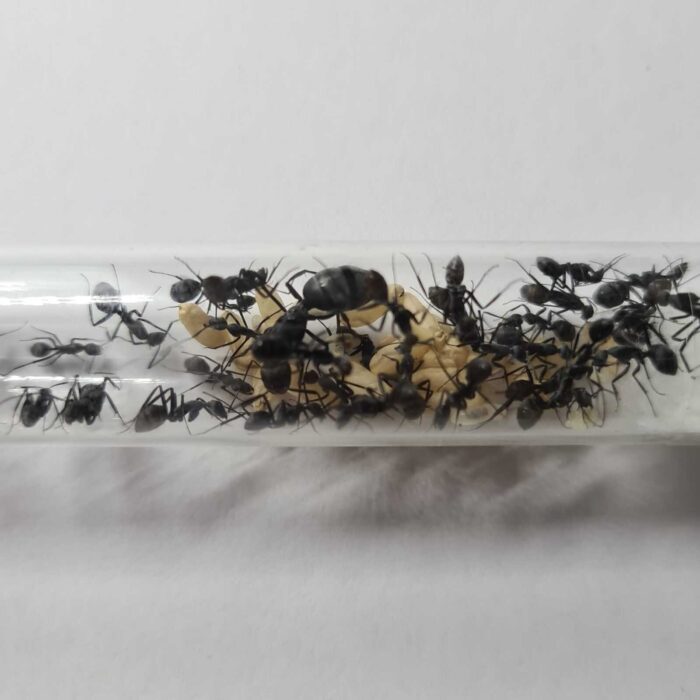
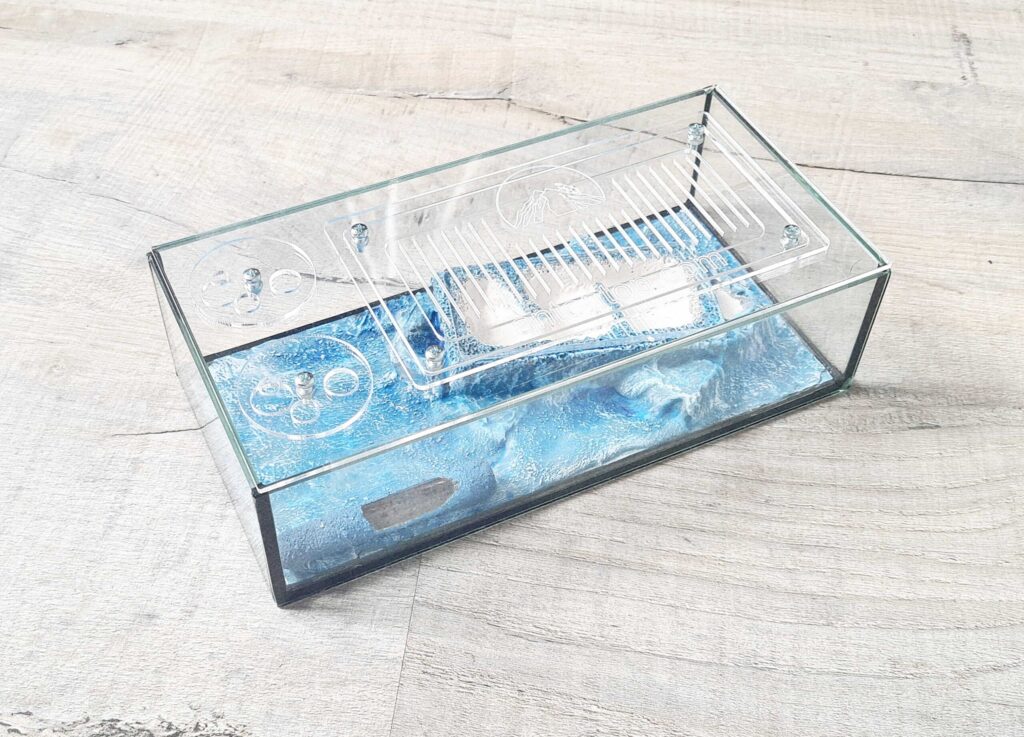

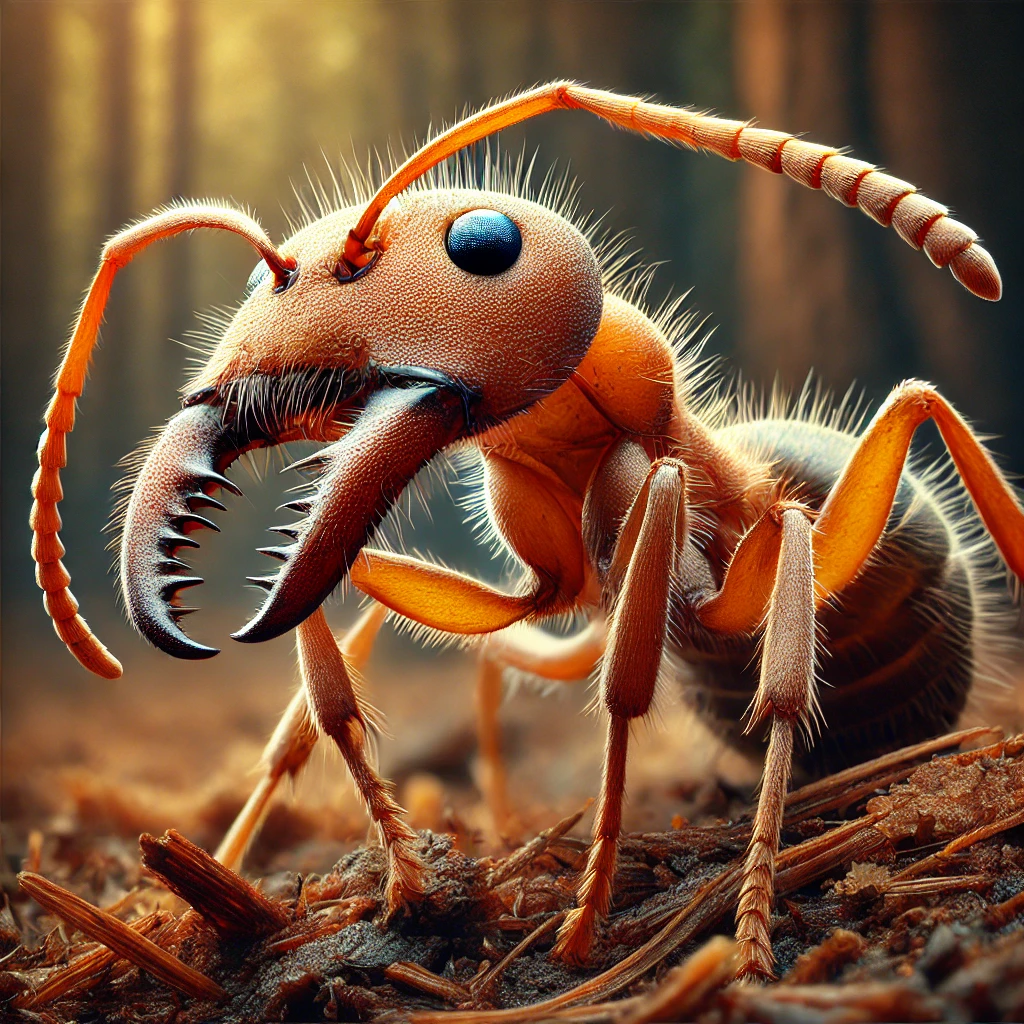
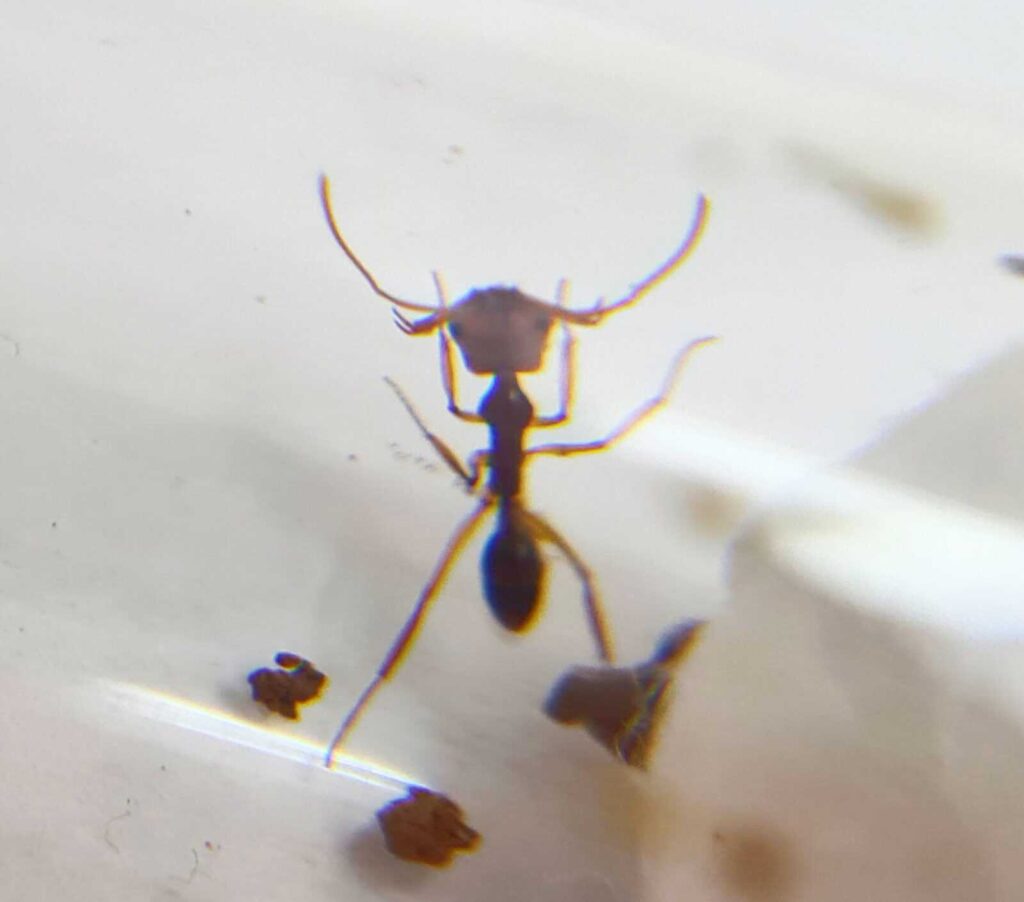
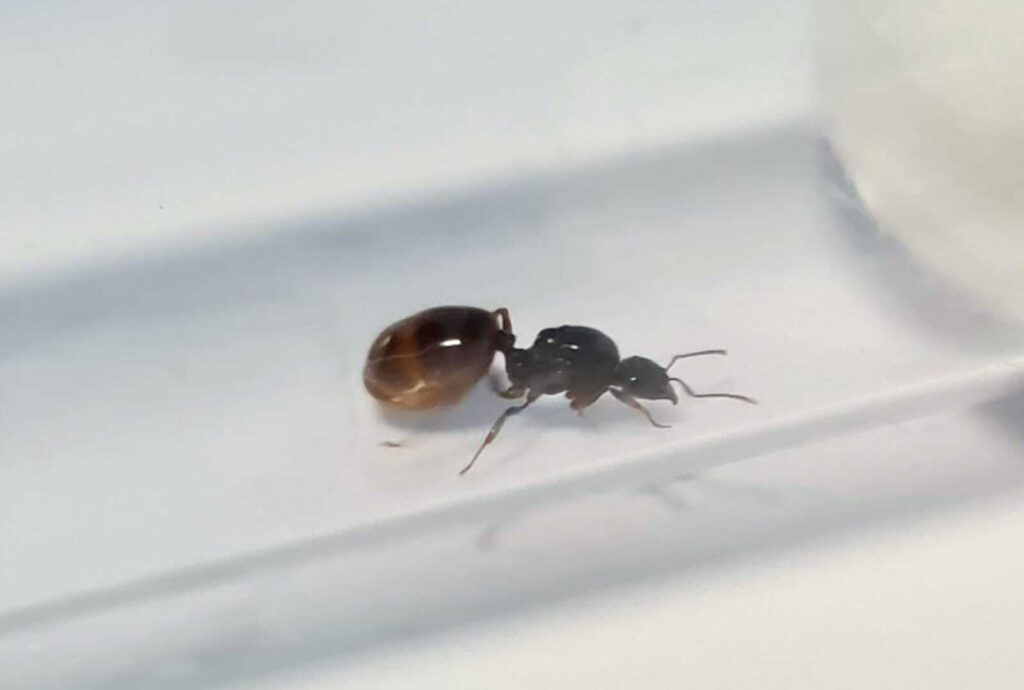
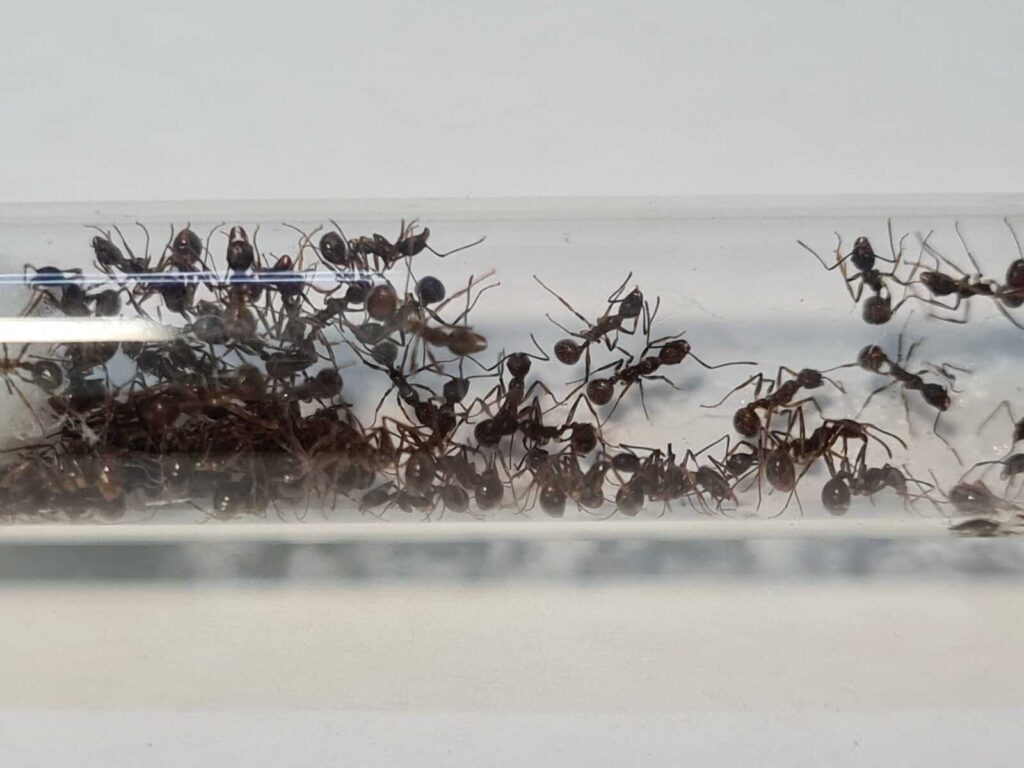
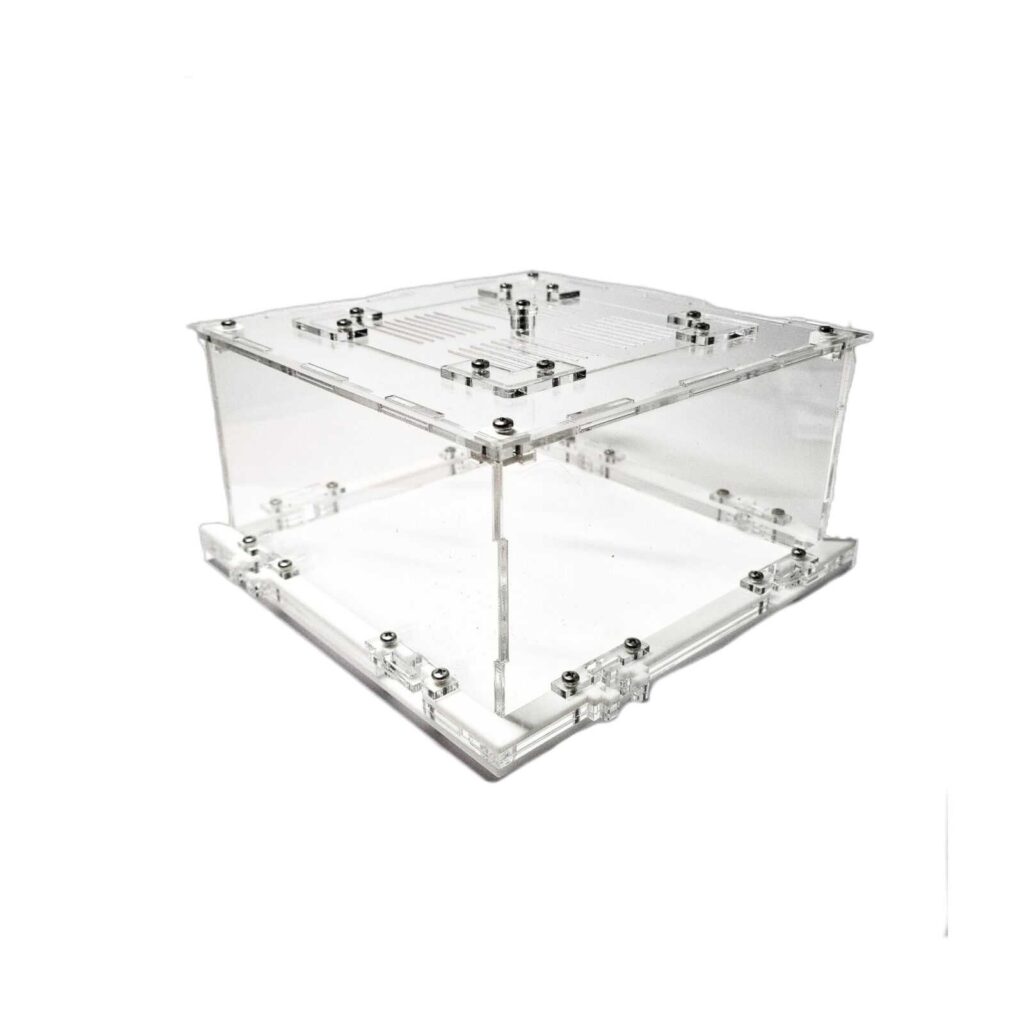
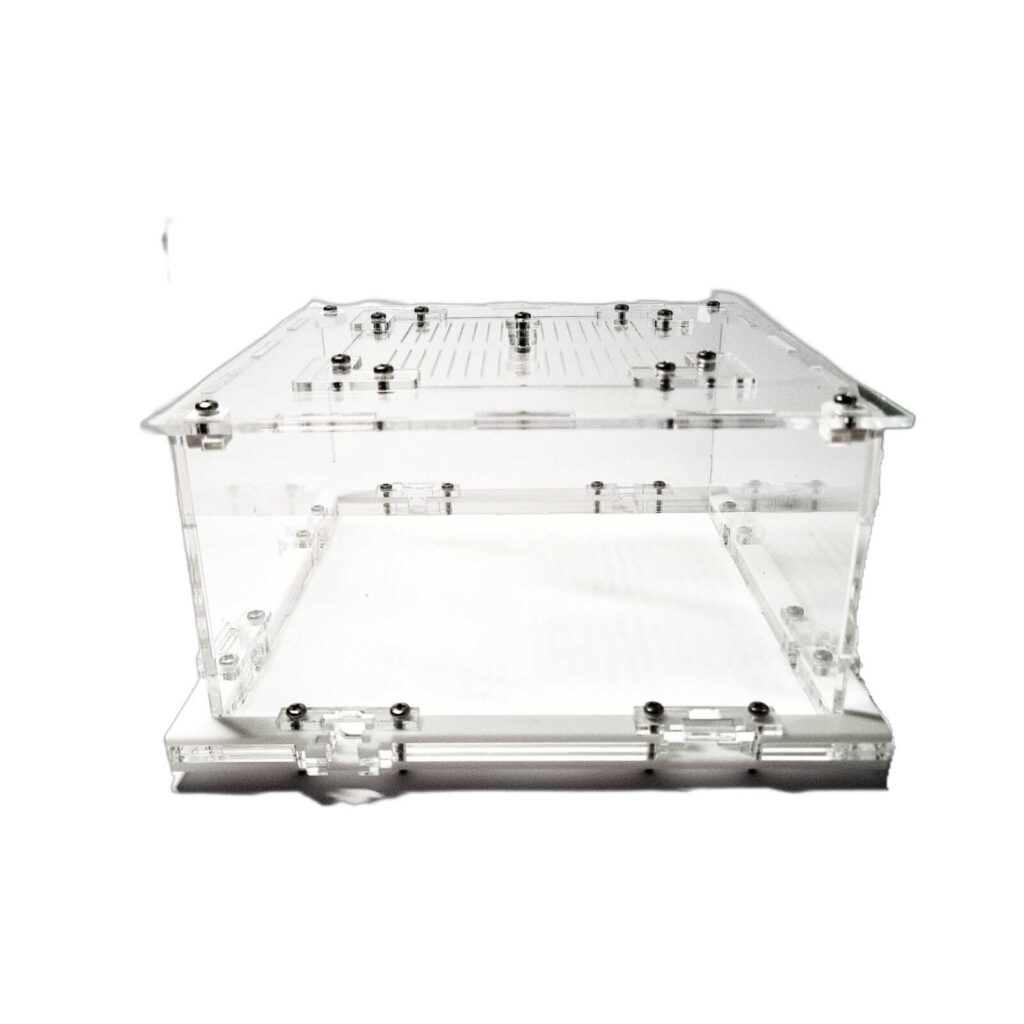
There are no reviews yet.